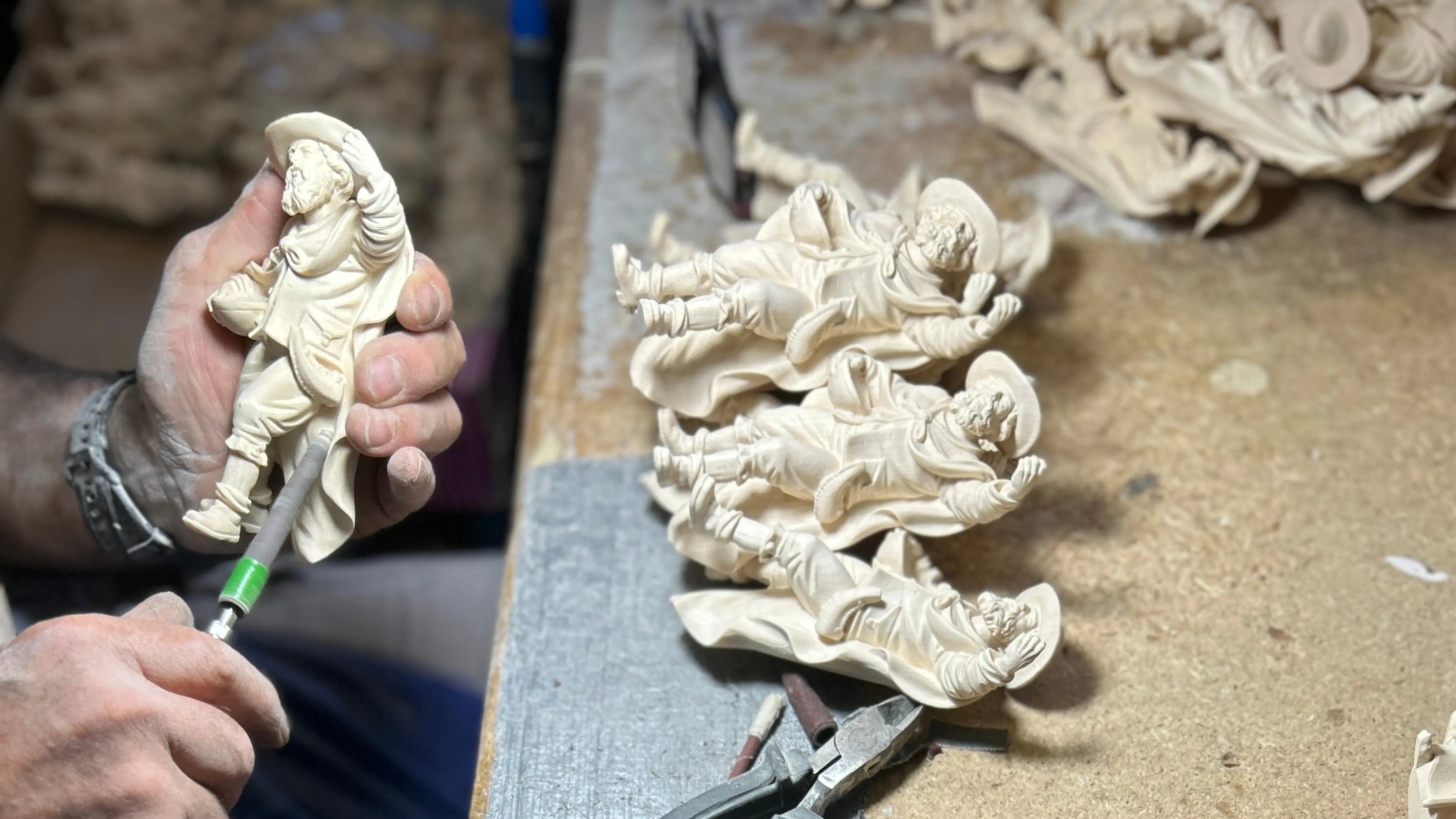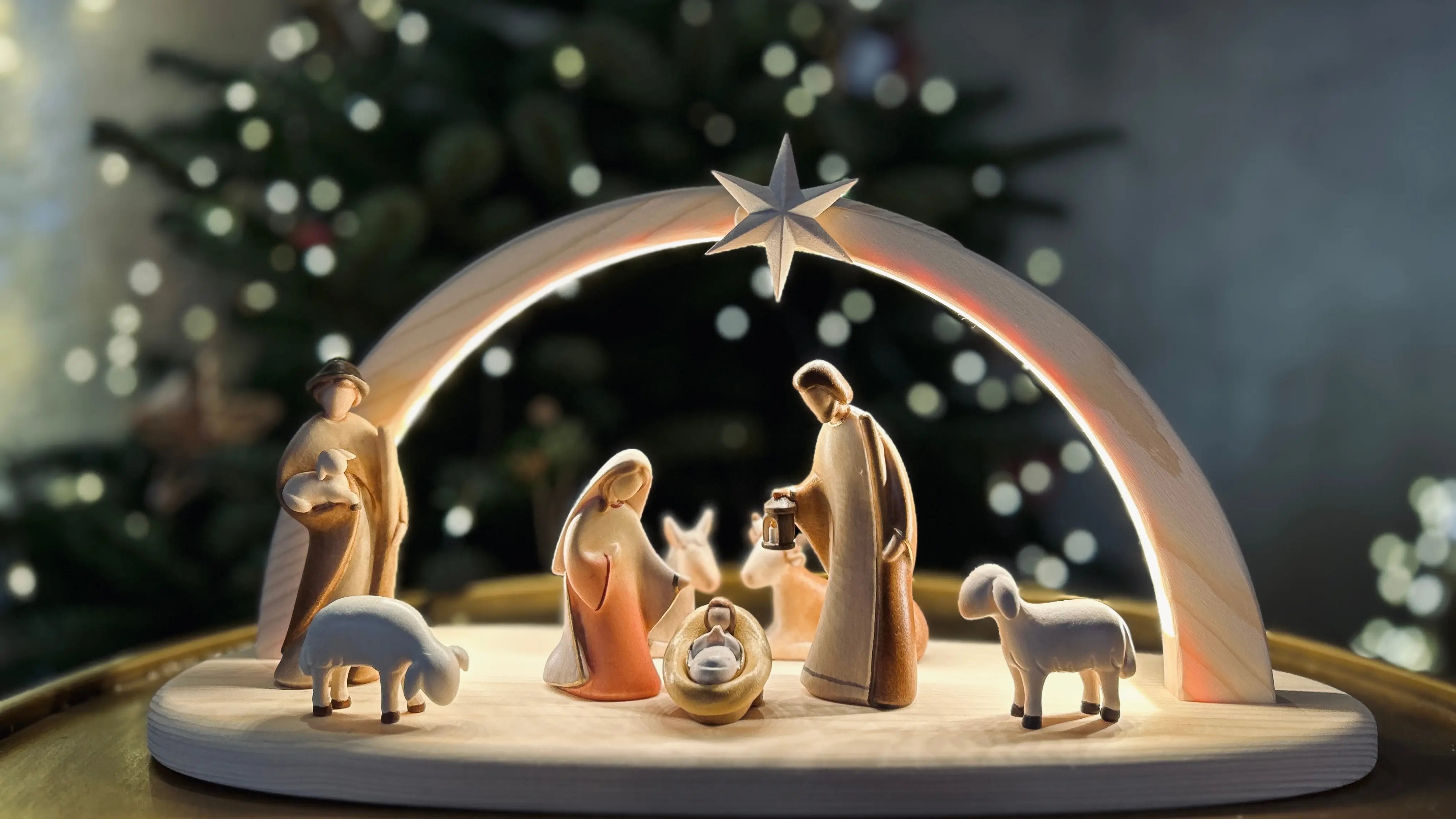
Where does the tradition of the nativity scene come from?
The Origins of the Nativity Scene: A Journey Through the Christmas Story.

Where does the tradition of the nativity scene come from?

The question of the origins of the nativity scene takes us back to a time of deep faith and spirituality. The roots of this custom go back to the 13th century, when a man named Francis of Assisi made a moving decision that would change Christmas celebrations forever.
The Vision of Francis of Assisi: A Living Representation of the Birth of Jesus

In the 13th century, Francis of Assisi was on a pilgrimage to Greccio , a small village in Italy. During this time, he is said to have had a vision inspired by the humility and modesty of the birth of Jesus Christ. This vision moved him to present the Christmas story in a new way - not only in words and songs, but also in a living scene.
The birth of the first nativity scene: a symbol of simplicity and love

Francis of Assisi returned to Greccio and recreated a scene of Christmas night in the church there. He used straw to create a stable and added live animals to make the setting more lively. People gathered to see this humble representation of the birth of Jesus and were deeply moved by its simplicity and beauty.
The spread of the custom: from Italy to Europe and beyond

The idea of the nativity scene quickly spread throughout Europe as more and more people became inspired by the vision and example of Francis of Assisi. Churches and monasteries began to build their own nativity scenes, and soon the nativity scene was an integral part of many Christmas celebrations across Europe.
The meaning today: A symbol of love and peace

Today, the nativity scene is a symbol of hope and peace, reminding us that the message of Christmas - the birth of a child who changes the world - is relevant to all people, regardless of their background or beliefs. It reminds us of the power of love and simplicity and invites us to celebrate the true meaning of Christmas.


